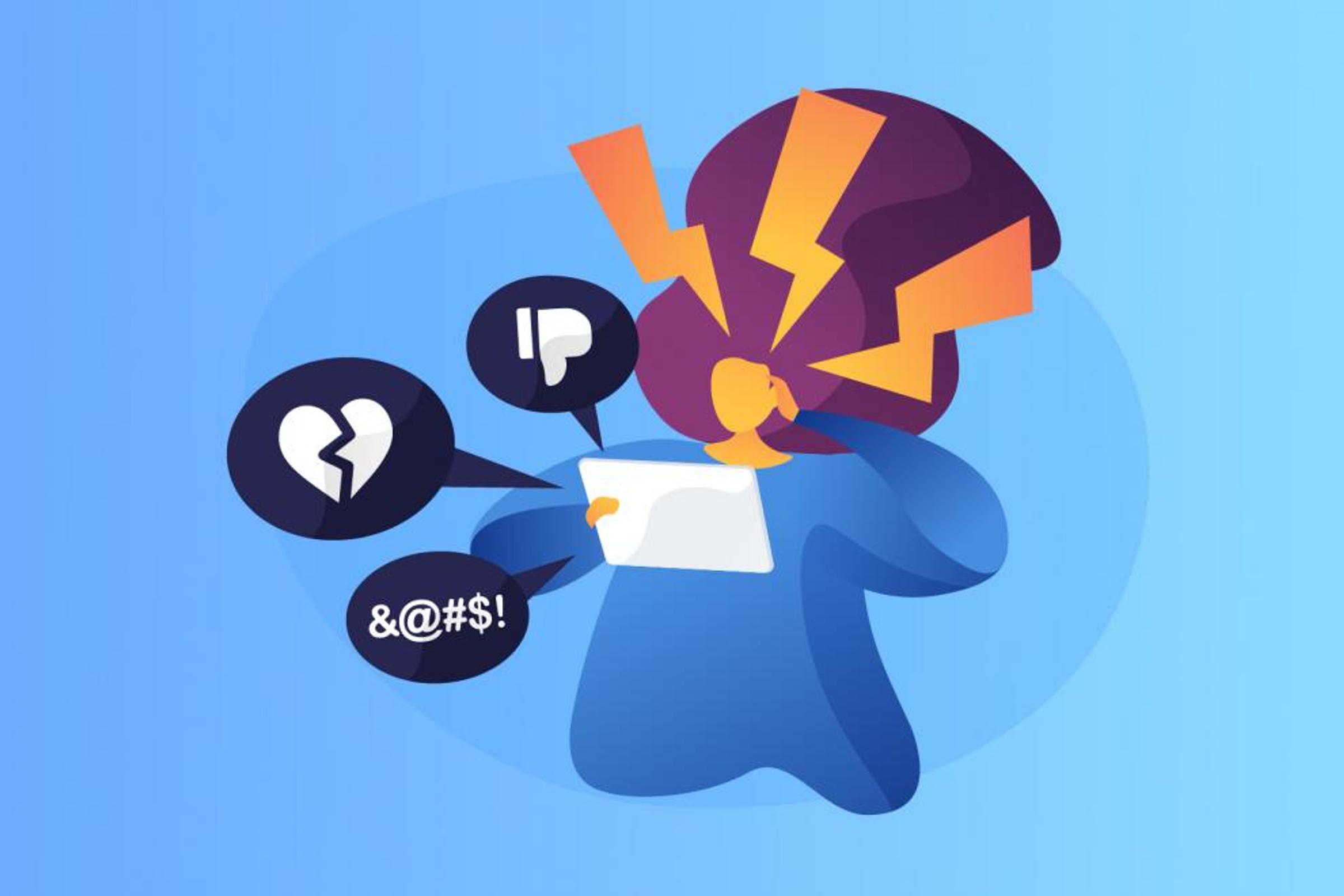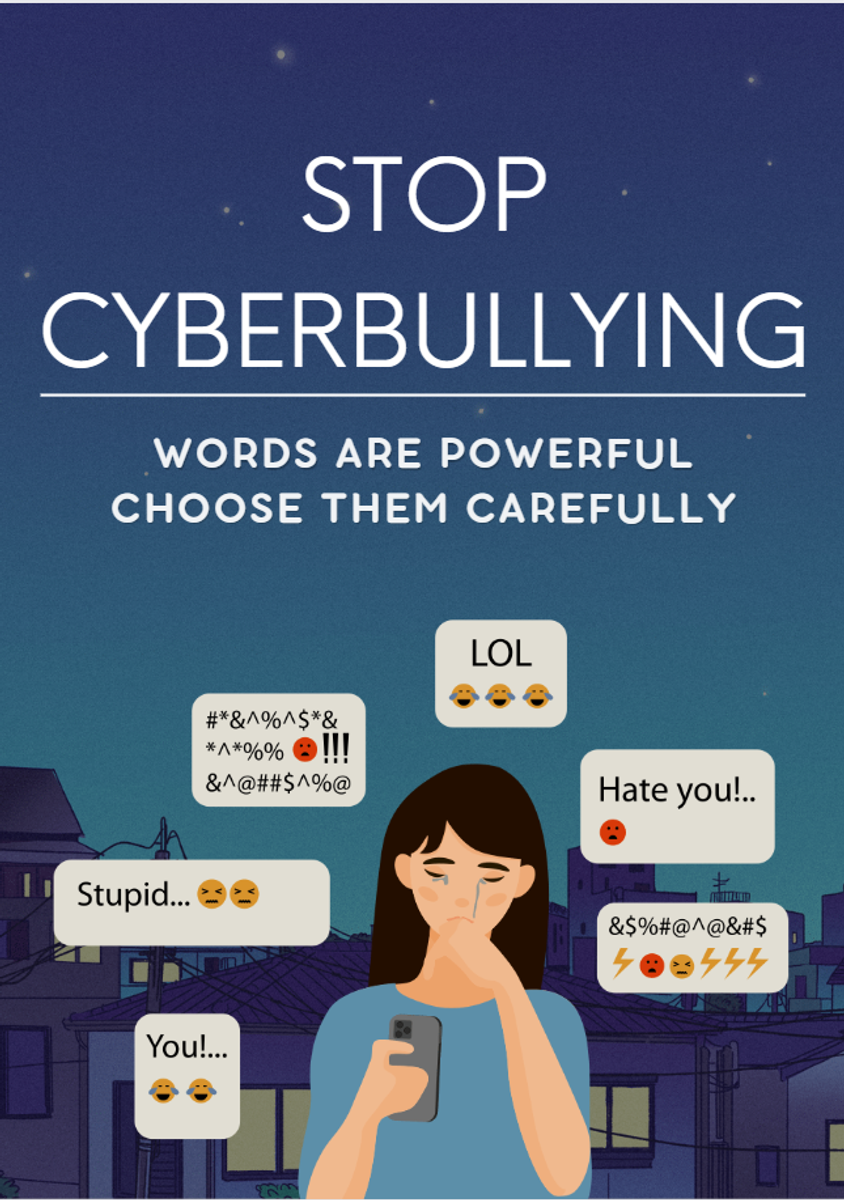Cybersafety & Cyberbullying

What is cyberbullying?
Cyberbullying is when someone uses the internet to be mean to a child or young person so they feel bad or upset. It can happen on a social media site, game, app, or any other online or electronic service or platform. It can include: posts, comments, texts, messages, chats, livestreams, memes, images, videos and emails.
These are some examples of ways the internet can be used to make someone feel bad or upset:
- Sending hurtful messages about them.
- Sharing embarrassing photos or videos of them.
- Spreading nasty online gossip about them.
- Leaving them out online.
- Creating fake accounts in their name.
- Tricking them into believing you are someone else.
Sadly, cyberbullying happens a lot in Australia and around the world.
What can you do if you are being cyberbullied?
- Report the harmful content – visit https://www.esafety.gov.au/key-issues/esafety-guide for a guide on how to report harmful content on some of the more popular apps.
- Block the user and prevent further contact - Try not to respond or hit back. People who say hurtful things often do it just to get a reaction, so if you show it worked they may do it again.
- Collect evidence - You might feel like deleting the harmful content as soon as you can, but don’t do it yet! First you need to get some proof, to show what happened and where.
If the content is not removed by the site, game or app, you can report the harmful content to the eSafety commissioner using their online form found here:
https://www.esafety.gov.au/report/forms
Example of Cyberbullying
These are some examples of cyberbullying that are likely to be serious enough for eSafety to investigate:
- Seriously threatening – when someone says they are going to harm you, or tells others to harm you. For example, a message saying ‘If you tell the teacher I cheated I’ll post your address and phone number all over the internet and tell people you’re a snitch and to go and bash you.’
- Seriously intimidating – when you stop doing something because someone makes you feel scared or bad about it. For example, a comment on a post saying ‘ur so unco you don’t belong in our team. that’s why we always lose when you play. Quit or you’ll get what’s coming to you.’
- Seriously harassing – when someone keeps sending you messages or sharing content about you even though you don’t want them to. Each message or post may not be very bad on its own, but all together they are really upsetting. For example, someone sends you memes every day saying things like ‘Loser!’, ‘Waste of space’, ‘Do the world a favour and get lost’.
- Seriously humiliating – when someone posts a really embarrassing comment, image or video to make fun of you. For example, someone shares a reel of kids teasing you for crying because you slipped over in mud, with a caption like ‘Look at this loser! What a big baby! No wonder everyone hates them.’
Checklist
This checklist will help you work out if eSafety can investigate what happened to you.
- The person targeted: A child or young person under 18 who lives in Australia.
- How bad it has to be: It must be likely to harm the physical or mental health of a child or young person because it makes them feel seriously threatened, seriously intimidated, seriously harassed or seriously humiliated.
- When to report it to eSafety: When the harmful content was reported to the site, game or app, but they did not remove it.
- Who can report it: The child or young person who was targeted by the cyberbullying or an adult they have asked for help, or the parent or guardian of the child or young person.
- Possible outcomes:
- The site, game or app removes the harmful content.
- The site, game or app is sent a fine or penalty if they don’t remove the harmful content.
- The person who did the cyberbullying is told not to do it anymore.
- The person who did the cyberbullying is told to say sorry.
More information:
If you have any concerns about your child at school, please do not hesitate to contact the relevant Year Level Co-ordinator or Transition Support Teacher.
You can also contact the Kids Helpline or Headspace.
Mel Zulfic
Yr 8 Year Level Leader


